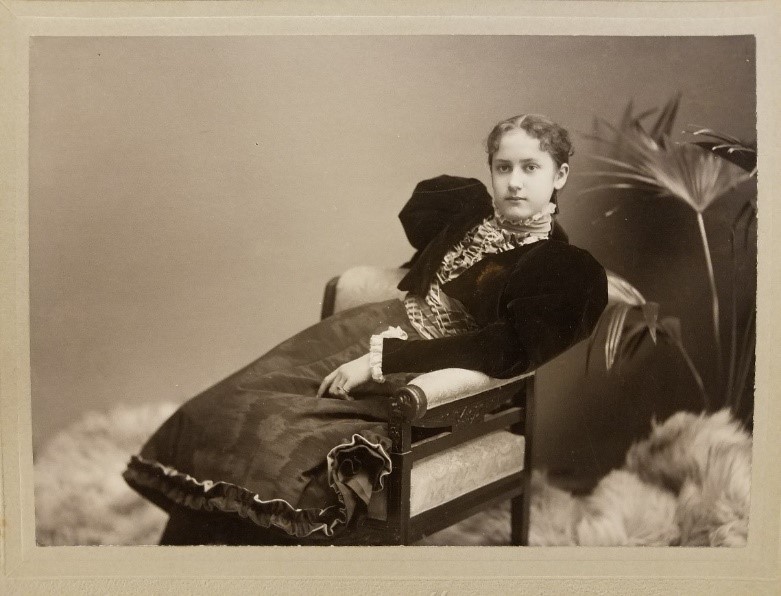Fashion during the 1890s accumulated all the changes and trends that had occurred during the 19th century.
1890s fashion marked a period of change from the Victorian Era to the 20th century. The fashion trends of the decade defined the new, more independent women of the time period. The bustle appearance in skirts which had been so popular during the 1880s disappeared by the beginning of the 1890s and was replaced by an angular, triangle shaped skirt that was more maneuverable and less rigid. Throughout the 1890s, these bell-shaped skirts were paired with blouses exhibiting the famous puffed, or gigot, sleeves of the decade. The combination of the triangularly shaped skirt and the puffed sleeve shirts created an hourglass figure for women in the 1890s, and corsets of the time contributed to this image. During the 1890s, corsets changed as well, now built to protrude a women’s chest to the front and hips to the back creating a kind of S silhouette.

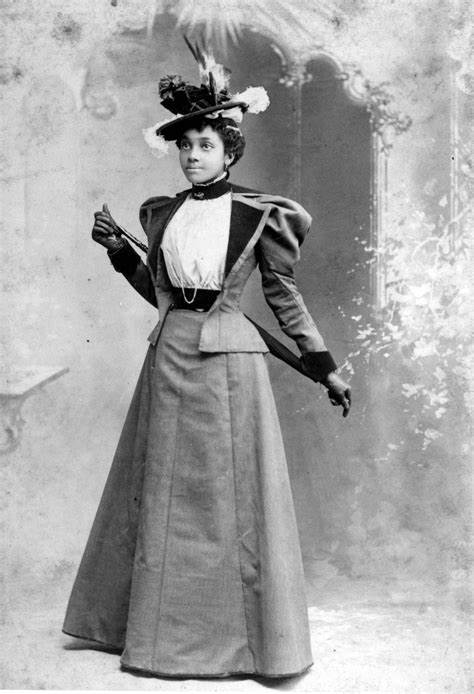
The time of day influenced women’s fashion throughout the 1890s. Wealthier women often wore one ensemble in the morning, one in the afternoon, and another in the evening. Another hallmark of women’s fashion were the details it drew from the men’s fashion of the time. One of the most recognizable fashion combinations from the 1890s is the bell skirt and shirt waist combination, which drew inspiration from men’s shirts. Cashmere shawls, along with many other staples of the previous decades fell into obscurity during the 1890s. These shawls, which had been the must have item of years past, were now used to cover pianos.
The dramatic, changing pace of women’s fashion throughout the 1890s embodied the shift in women as they emerged from the Victorian Era into the 20th century. Probably the most famous example of 1890s fashion is that of the Gibson Girl. The fictional illustrated woman created by Charles Gibson, embodied the appearance that most women strived for in the 1890s. Her hair was arranged in the famous chignon style, with a bun at the top of the head and the rest of the hair loosely puffed out around. Her attire was hallmarked by the latest fashions, and she often sported the popular shirt waist and skirt combination. Across the country, including Erie Pennsylvania, women aspired to mirror the Gibson girl in her appearance and fashion.
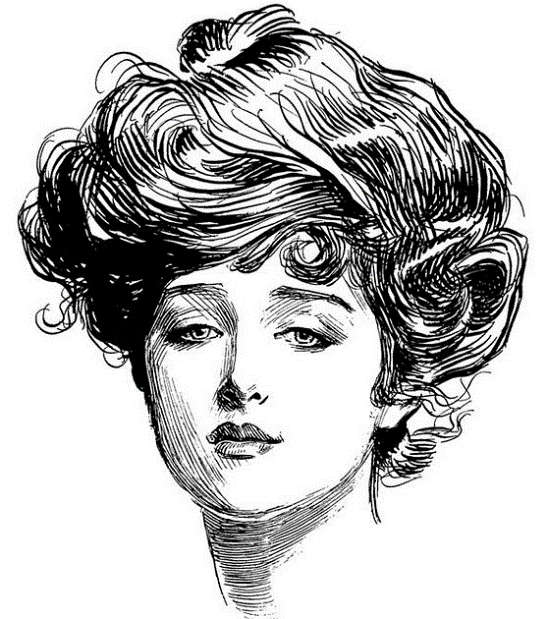
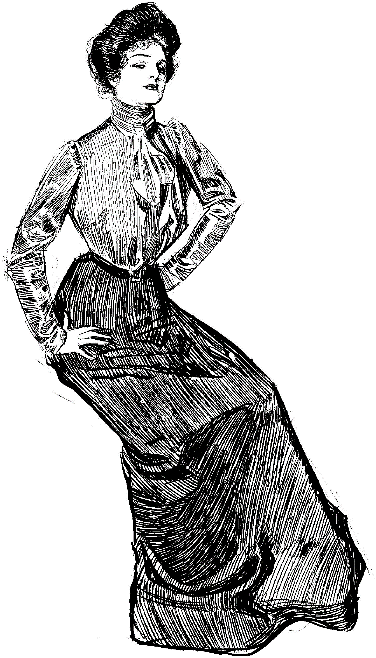
No trend was as popular in the 1890s, or arguably the entire 1800s, as bicycling. With the invention of the safety bicycle in 1885, by the 1890s biking was a very popular pastime for many. Women especially took part in the bicycle craze. They took advantage of this fun, exciting form of exercise which gave them a level of freedom and independence that they did not enjoy in any other area of their lives. Changing fashion, empowering women, and bicycling set the stage for the social changes that women would encounter during the 20th century. The bicycle phenomenon took Erie by storm as well, and in 1895 Erie women organized a bicycle club to share their love of the popular hobby.
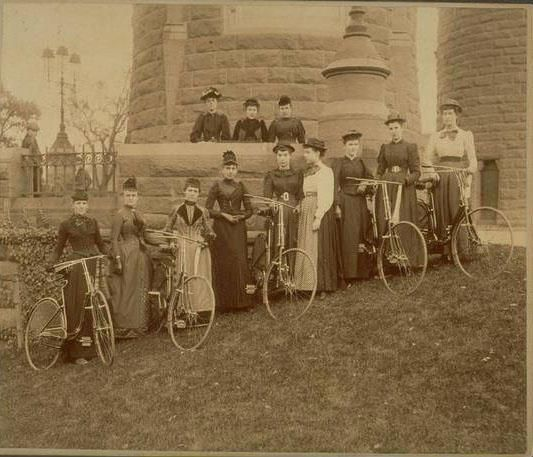
Also in Erie, the 1890s brought the construction of the Watson-Curtze mansion in 1891-1892. The first residents of the mansion, the Watsons, lived in the house until Mr. Watson’s death in 1923. Harrison and Carrie Watson lived in the mansion with their daughter Winifred after their daughter Gertrude died of scarlet fever in 1887. Mrs. Carrie Watson, formerly Carrie Tracy, loved to garden, and filled the mansion’s solarium with a variety of plants that she cared for. Carrie, along with Winifred, are seen in many of their pictures wearing the latest styles of the 1890s.
